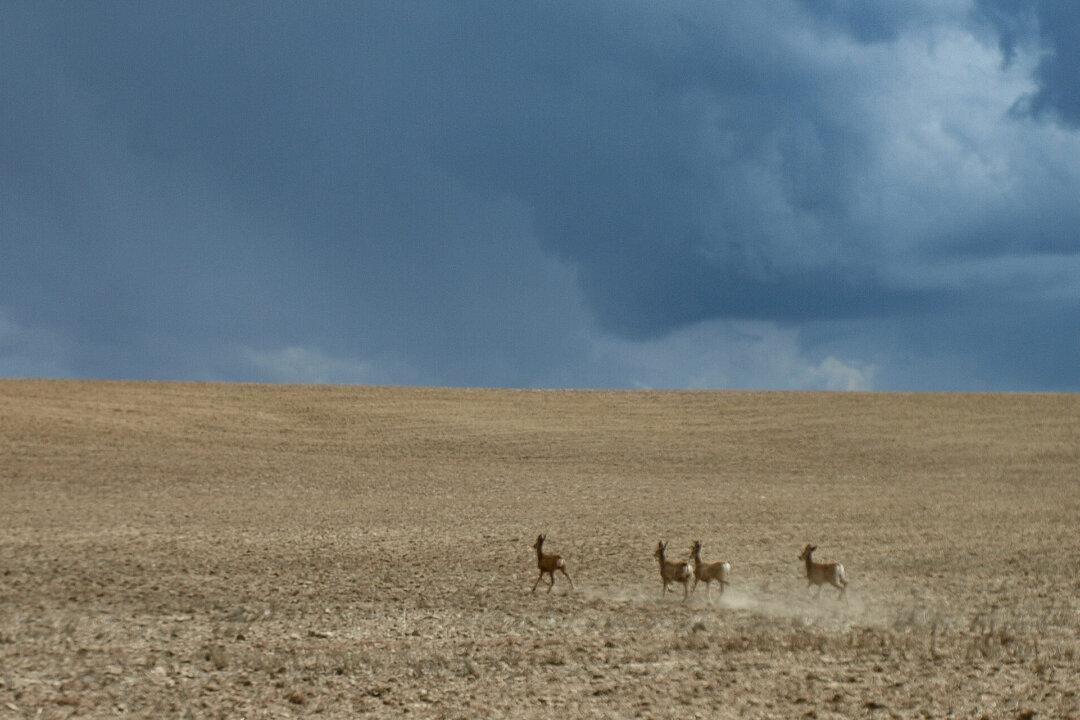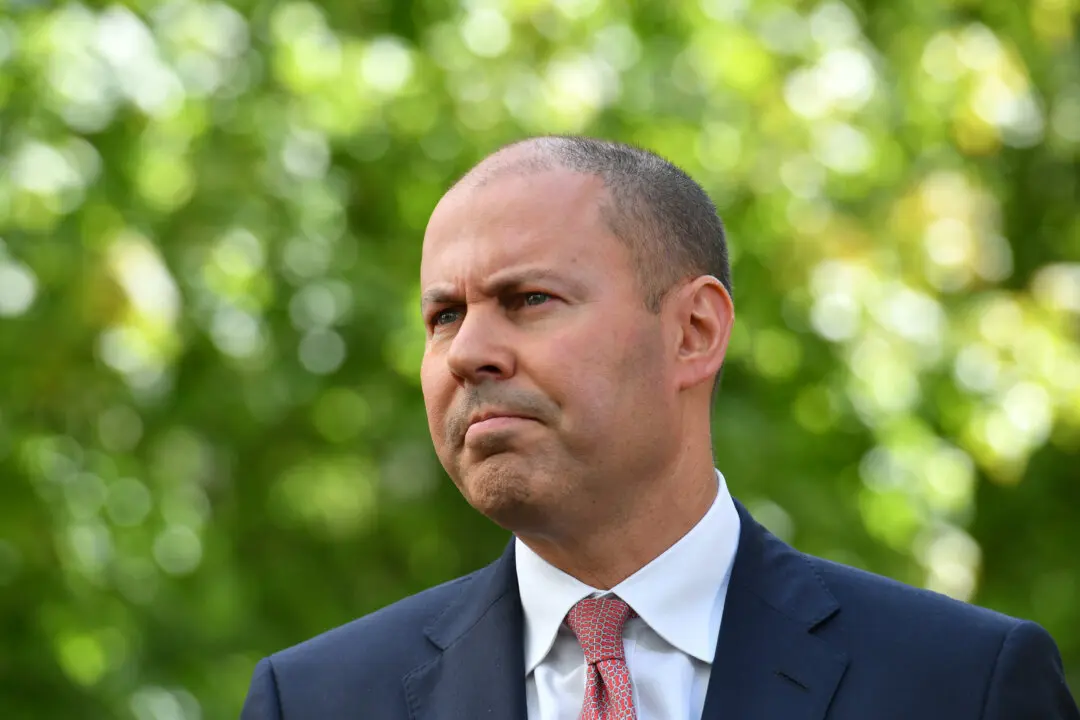Wild deer are running rampant in Victoria and Tasmania, destroying crops and natural habitats, prompting calls to change local laws and allow the animals to be classified as pests.
The Invasive Species Council is pushing for deer to be classified as pests in the states—which are the only Australian jurisdictions where deer are legally protected as game animals for hunting purposes.





